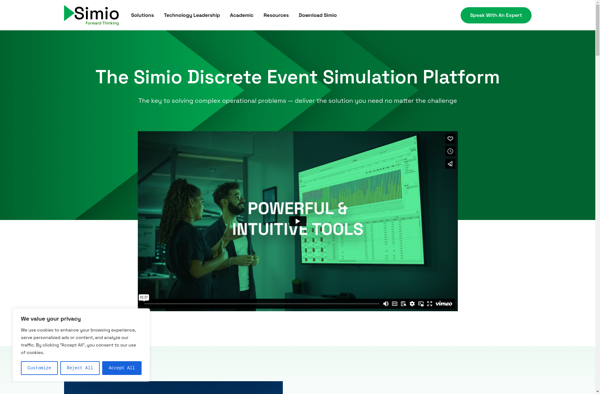SIMUL8
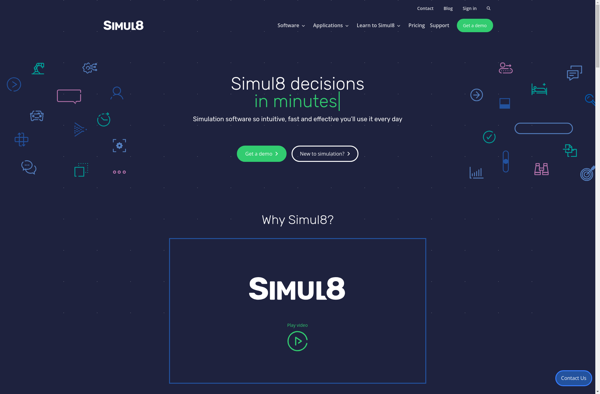
SIMUL8: Simulation Software for Business Process Modeling
SIMUL8 is simulation software used to model business processes and systems. It allows users to visualize, analyze, and optimize workflows through simulations before implementing changes.
What is SIMUL8?
SIMUL8 is a discrete event simulation software used to model real-world processes and systems. It provides a graphical interface to build simulations of complex systems like manufacturing facilities, healthcare clinics, retail stores etc. SIMUL8 is used by businesses to:
- Visualize and understand complex business processes through interactive simulations.
- Identify bottlenecks, resource utilization issues and quantify the impact of potential changes.
- Model different what-if scenarios to improve system efficiency before real-world implementation.
- Optimize staffing levels, reduce patient wait times, balance assembly line workflows etc.
Key capabilities and features of SIMUL8 include drag-and-drop workflow building, comprehensive analysis tools, automatic optimization via experiments, customizable dashboards, real-world data integration, programming flexibility via Visual Logic etc. It can integrate with other solutions like Excel, databases, Power BI etc.
SIMUL8 provides a faster, lower-risk and cheaper way to test improvement ideas compared to real-world trials. It is used by companies across manufacturing, healthcare, retail, logistics and other industries worldwide.
SIMUL8 Features
Features
- Modeling and simulation of processes
- Drag-and-drop interface for model building
- Ability to define process logic and system constraints
- Animation and visualization of simulation
- Statistical analysis of key performance metrics
- Optimization tools for scenario testing
- Integration with external data sources
- Customizable reporting
Pricing
- Subscription-Based
Pros
Cons
Official Links
Reviews & Ratings
Login to ReviewThe Best SIMUL8 Alternatives
Top Business & Commerce and Process Modeling & Simulation and other similar apps like SIMUL8
FlexSim
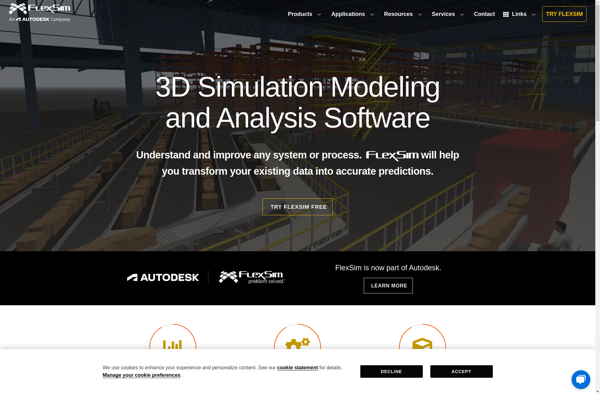
Anylogic
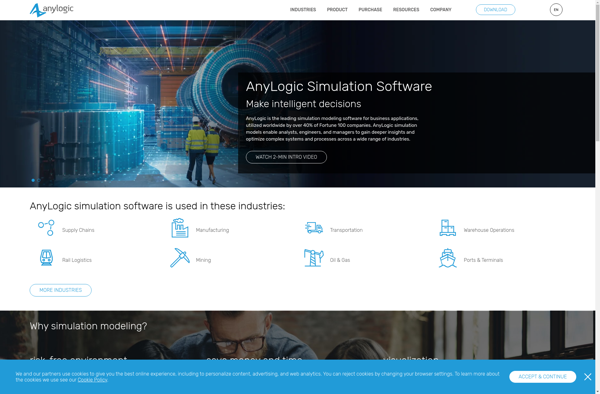
JaamSim
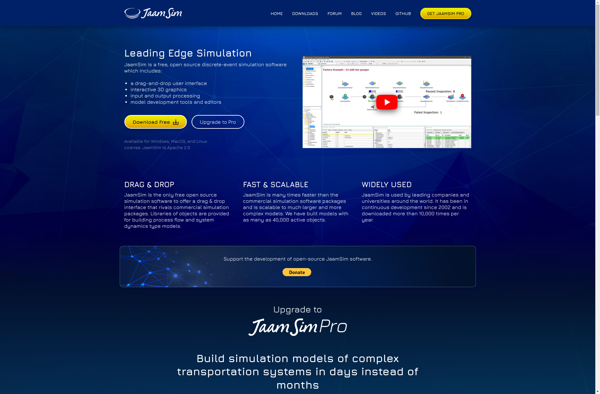
Simio
